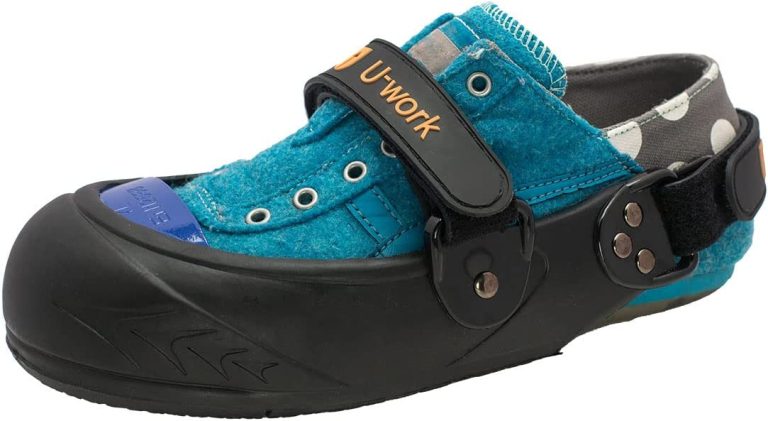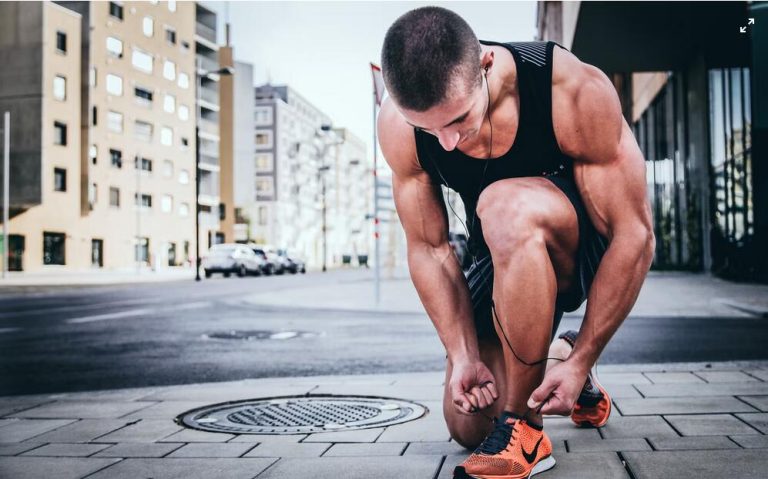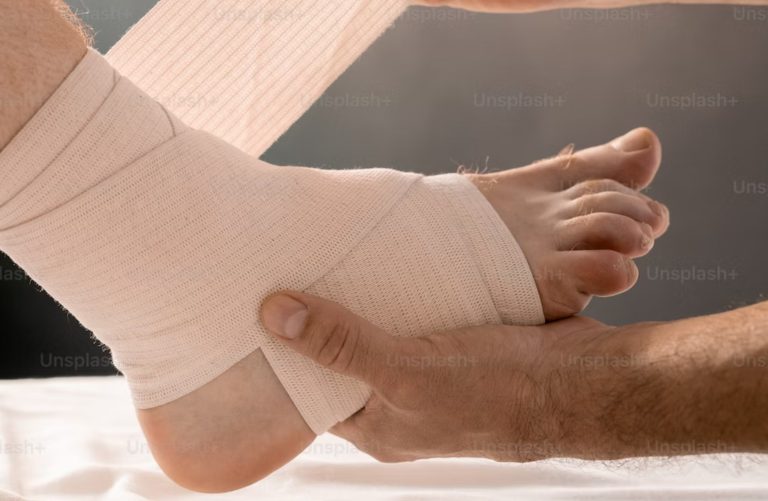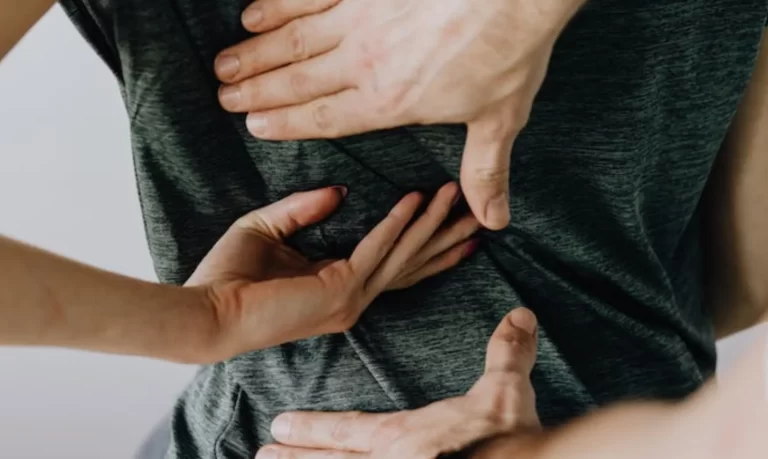Discover the Best Insoles for Pregnancy: Ultimate Guide 2024
Introduction
Pregnancy takes a major toll on a woman’s body, and the feet are no exception. As the baby grows, the extra weight, increased blood volume, and hormonal changes associated with pregnancy put immense pressure on the feet. This frequently leads to a host of foot problems including swelling, overpronation, plantar fasciitis, and general foot pain.
Proper foot support is crucial during pregnancy. As the body’s center of gravity shifts and posture changes to accommodate the belly bump, the feet compensate by flattening arches and spreading wider. This abnormal pressure can throw the entire body out of alignment and lead to pain in the feet, ankles, knees, hips and back.
Wearing insoles designed for pregnancy can provide much-needed support and relief for strained feet. Insoles help realign the feet into proper position, reduce pressure on the arches and ball of the foot, and alleviate pain caused by inflammation and swelling. Taking pressure off sensitive foot areas restores balance and comfort.
With the right insoles, moms-to-be can stay active and spend less time off their feet during this transformative time.
Causes of Foot Pain During Pregnancy

Pregnancy brings many changes to a woman’s body that can lead to foot pain and discomfort. Here are some of the main causes:
Weight Gain – The average women gains between 25-35 pounds during pregnancy. This extra weight, especially in the abdominal area, shifts the center of gravity forward and puts more pressure on the feet.
Posture Changes – As the belly grows, pregnant women often arch their back to accommodate the additional weight in front. This posture change can flatten the arches, strain muscles, and place stress on joints.
Hormones – Higher levels of the hormones progesterone and relaxin loosen ligaments and make them more pliable. This prepares the body for childbirth, but it also makes women more prone to joint pain, inflammation and overuse injuries.
Edema – Many pregnant women experience swelling in the feet and ankles due to fluid retention and increased blood volume. This swelling can lead to numbness, discomfort, and changes in foot size.
Stress on Feet – During pregnancy, women carry around extra pounds all day which can tire feet more quickly. The body also produces the hormone relaxin which loosens tendons and ligaments in preparation for delivery. This can result in less support for the feet.
Changes in Center of Gravity – As pregnancy advances, a woman’s center of gravity shifts forward placing more stress on the back and feet. This altered balance can strain muscles and lead to pain.
Less Activity – Many pregnant women exercise and move less as their pregnancy progresses which can cause muscles to become weaker, tighter, and more prone to injury and pain. Good footwear and regular stretching are key.
Benefits of Good Insoles

Wearing proper insoles during pregnancy can provide numerous benefits for expectant mothers. Most importantly, they can significantly reduce foot pain that often accompanies pregnancy. The extra weight and shifted center of gravity during pregnancy places strain on the feet. Good insoles provide extra cushioning and support, absorbing shock and reducing pressure on the feet with each step. This minimizes pain from conditions like plantar fasciitis or swelling.
Insoles also help improve posture and alignment throughout the body. As the belly grows, pregnant women often develop an exaggerated arch in the lower back which strains the spine. Quality insoles provide arch support and stabilize the foot to encourage proper alignment of the ankles, knees, hips and back. This eases muscle tightness and tension caused by poor posture. Proper alignment can also prevent long-term issues like back pain.
Lastly, good insoles can prevent permanent foot changes that sometimes accompany pregnancy. The extra weight and fluid retention can cause the ligaments in the foot to relax and stretch out. Arch height may decrease, and the foot may spread wider or elongate. Custom orthotic insoles provide stability to resist overpronation, support normal arches, and discourage permanent flattening of the feet. This protects long-term health and mobility.
Factors to Consider When Choosing Insoles for Pregnancy
When shopping for insoles during pregnancy, there are several important factors to keep in mind:

Arch Type
Your arch type, whether high, medium or low, will impact the amount of support and cushioning you need from your insoles. Women with high arches tend to need well-cushioned insoles to absorb shock. Those with flat feet usually require more supportive insoles with arch support.
Shoe Compatibility
Pay attention to whether the insole will fit properly in your shoes. Make sure to check the length, width and thickness of the insole to ensure your feet don’t feel cramped in your shoes. Some insoles are designed specifically for athletic shoes or heels.
Materials
Insole materials like gel, foam and cork provide different benefits. Gel is very soft and absorbs shock, foam molds to your feet, and cork helps with sweat absorption. Consider your needs for cushioning, arch support and moisture-wicking when choosing a material.
Cost
Insoles range widely in price based on the materials and technology used. More expensive orthotic insoles are custom-made and have advanced features to address specific foot issues. Budget foam and gel insoles provide general cushioning at a lower price point. Expect to pay $10-$50 for quality insoles during pregnancy.
Top Insoles for Pregnancy
Pregnancy can cause a number of foot issues, like arch pain, heel pain, swelling, and more. Finding the right insoles to provide arch support, cushioning, and relief is crucial. Here are some top-rated insole options specifically designed for pregnancy:
ComfortMax Insoles

ComfortMax insoles are widely considered one of the best options for pregnancy foot pain. They provide excellent arch support and stabilize the foot thanks to the deep, structured heel cup. The insoles are designed to align the body and absorb shock, taking pressure off the feet. The low-profile design fits in most shoes.
Powerstep Pinnacle Insoles
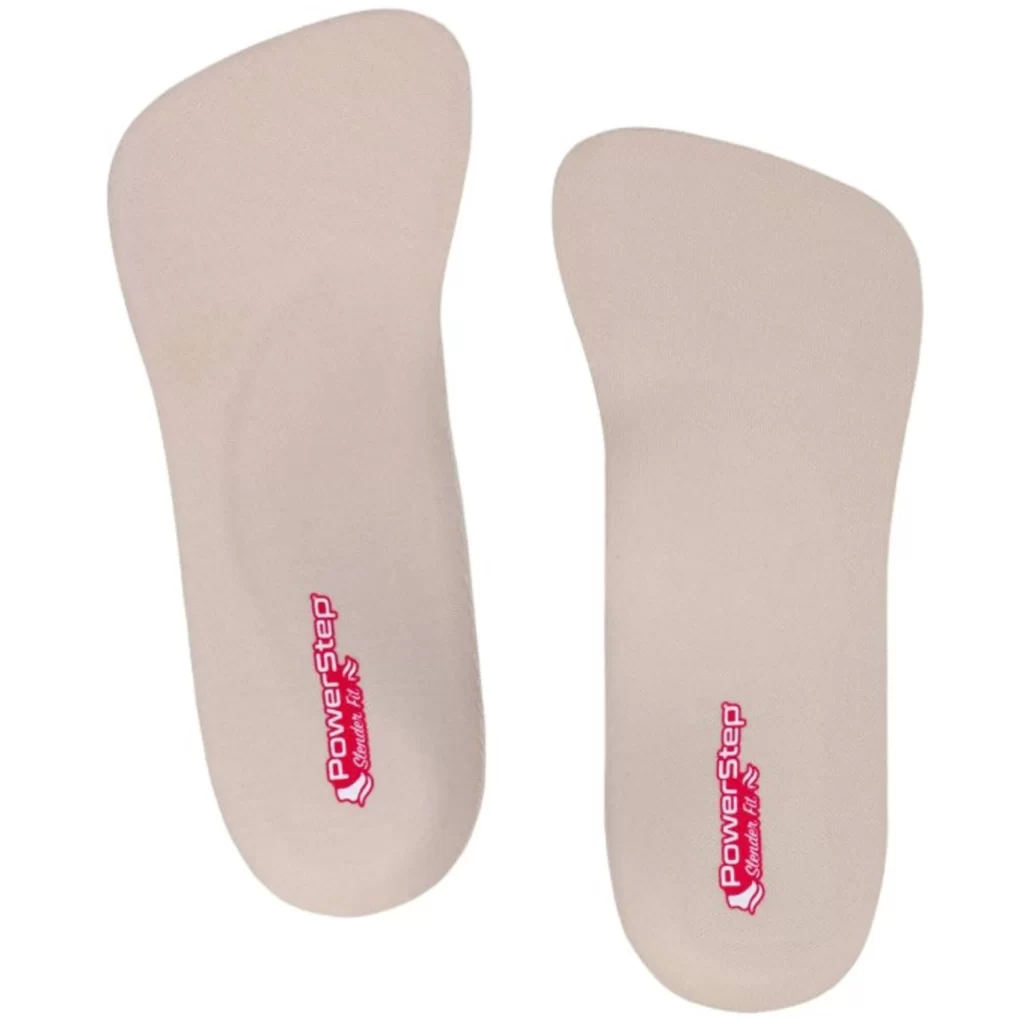
Powerstep Pinnacle insoles offer maximum arch support and stability without taking up too much space in shoes. They are made from dual-layer cushioning to provide comfort and alleviate foot pain. An anti-microbial top layer prevents odor. The semi-rigid arch shell gives great support while still allowing natural motion.
Dr. Scholl’s Work Insoles
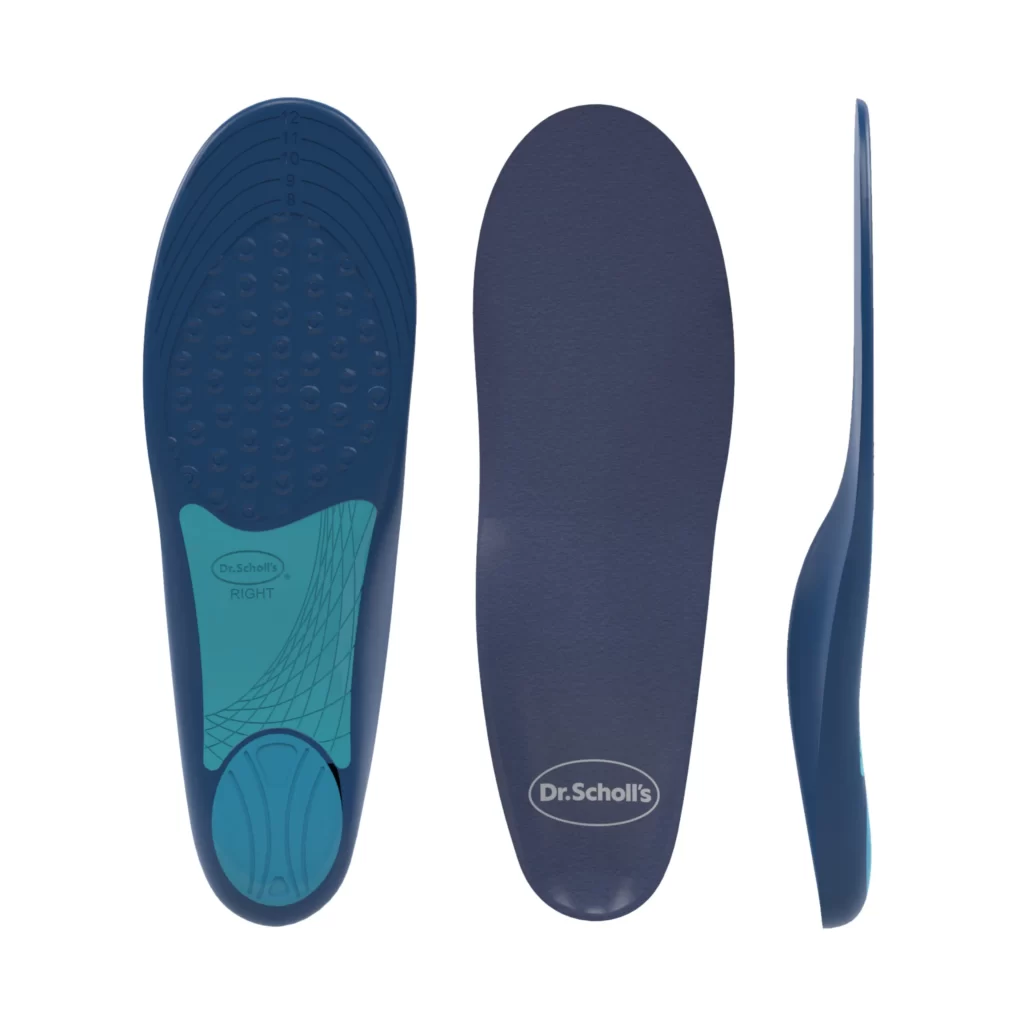
Dr. Scholl’s Work insoles provide all-day comfort and shock absorption thanks to the thick padded foam cushioning. A firmer arch shell and deeper heel cradle specially support and stabilize the foot. The top fabric wicks away moisture to keep feet cool and dry. These are an excellent choice for nurses and others on their feet all day.
New Balance Insoles
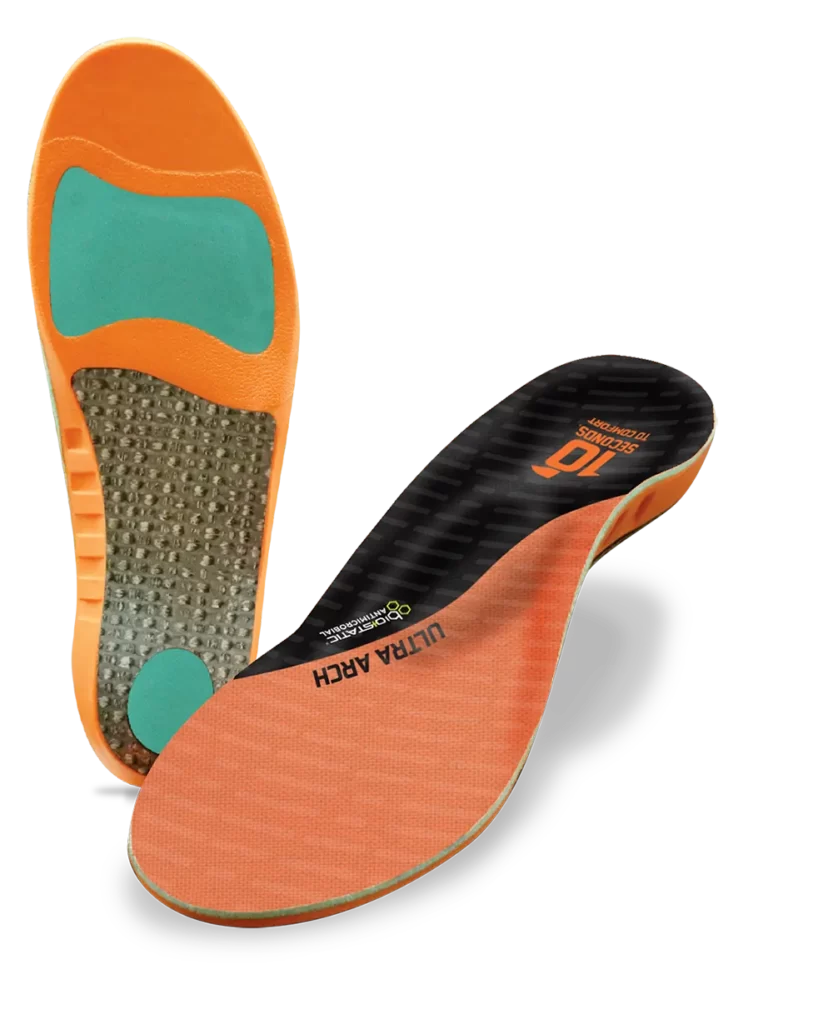
New Balance insoles offer stability and arch support in a low-profile, lightweight package designed to fit any athletic shoe. The durable polyurethane foam stands up to extended wear while providing shock absorption and cushioning with each step. They alleviate pain in the heels, arches, knees, and back.
Work Tuff Insoles
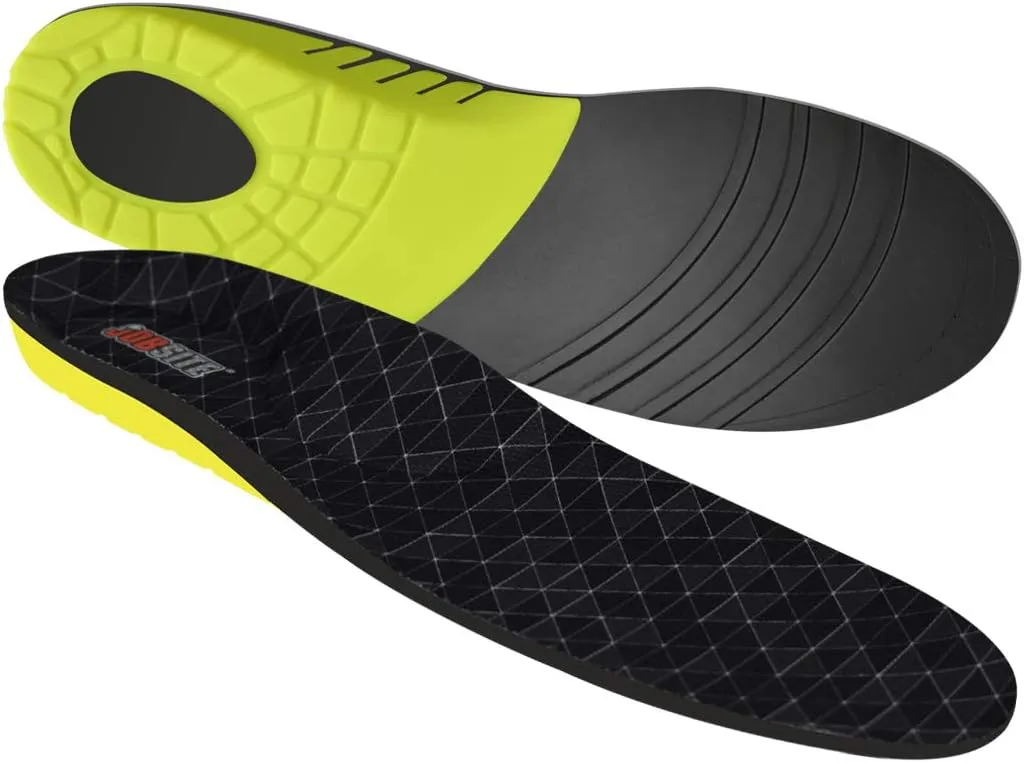
Work Tuff insoles feature a deep heel cup that stabilizes and realigns the foot in motion. This helps relieve stress on feet, ankles, and knees. The podiatrist-designed contouring arch supports all arches, especially high arches prone to inflammation. The insoles come in different cushioning levels depending on individual needs.
Gel Insoles
Gel insoles are a popular choice for pregnant women thanks to their soft, cushiony texture. The gel material molds to the shape of your foot, providing extra padding and shock absorption with each step.
Pros of Gel Insoles:
- Provide excellent cushioning and shock absorption
- Soft, conforming texture relieves pressure points
- Help distribute weight evenly across the foot
- Absorb impact that can radiate up to knees and back
- Offer moisture wicking properties to keep feet dry
Cons of Gel Insoles:
- May feel too soft for those who need more support
- Can take some time to fully break in
- Gel may break down over time and lose shock absorbing properties
Top Gel Insole Picks:
- Dr. Scholl’s Heavy Duty Support Pain Relief Orthotics – Designed with extra cushioning for all-day comfort and support. The gel heel cushions feet and absorbs shock.
- Spenco Polysorb Cross Trainer Athletic Cushioning Arch Support – Provides flexible arch support and shock absorption ideal for athletic shoes. Deep heel cup cradles foot.
- Superfeet BLUE Premium Insoles – Features a durable high-density foam base layered with a soft gel heel cup for optimal comfort and cushioning. Good for flat feet.
- New Balance 3810 Ultra Support Insole – Offers an ultra-soft gel pad in the heel and forefoot surrounded by firm, stabilizing arch support. Great for plantar fasciitis.
Gel insoles can provide pregnant women the extra soft padding they need to stay comfortable on their feet. Look for gel insoles with good arch support and shock absorption. Slowly break them in and replace once the gel padding wears down.
Orthotic Insoles
Orthotic insoles are inserts that are custom-made to fit the contours of your feet. They can provide significant relief for foot pain caused by pregnancy by correcting biomechanical imbalances and stabilizing the feet.
Custom vs Off-the-Shelf
Custom orthotics are made specifically for your feet after an assessment by a podiatrist. They are tailored to your individual foot structure and walking pattern. Off-the-shelf orthotics are mass produced and can be bought over-the-counter. They offer general support but are not customized.
Pros of Custom Orthotics:
- Made specifically for your feet
- Provide maximum relief and support
- Correct biomechanical imbalances
- Can treat specific foot conditions
- Long-lasting if cared for properly
Cons of Custom Orthotics:
- More expensive than off-the-shelf options
- Require a prescription and podiatrist visit
- Not adjustable or transferable
Pros of Off-the-Shelf Orthotics:
- Affordable
- Easily accessible
- Some customization possible
Cons of Off-the-Shelf Orthotics:
- Not tailored to your feet
- Less support and relief
- Can’t treat specific foot problems
- Shorter lifespan
Top Picks for Pregnancy
- Superfeet Pregnant Insoles – great for all-day wear and comfort
- Envelop Pregnancy Orthotics – customizable firmness and arch support
- ViveSole Plantar Fasciitis Orthotics – excellent for heel and arch pain
When choosing orthotic insoles, consult with your podiatrist to determine if custom-made or off-the-shelf is best for your needs. High quality orthotics can provide targeted relief during pregnancy by stabilizing the feet and correcting biomechanical imbalances.
Insole Insertion and Break-In
It’s important to insert your insoles properly and allow time for your feet to adjust to the new insoles.
When inserting the insoles, make sure they are fully seated in the shoe. You don’t want any part of the insole to overlap and create pressure points. The insole should lay flat in the shoe. If needed, trim the insole to fit the exact size of your shoe.
Start by wearing the insoles for 1-2 hours the first day. Then build up to longer periods of wear each day. Wearing the insoles for too long too soon can create new aches and pains as your feet get used to the change.
Give yourself a week or two to fully transition to the new insoles. Listen to any discomfort your feet may have and adjust the wearing schedule accordingly. Don’t push through pain, as that likely means the insoles need more break-in time.
The materials of the insole will mold to your feet over time. The longer you wear the insoles properly, the more customized support they will provide. Be patient with the adjustment period. While it may take some time upfront, the long-term benefits are well worth it.
Insole Care and Cleaning
During pregnancy, insoles are subjected to moisture from sweaty feet. It’s important to regularly clean your insoles to prevent odor and bacterial buildup. Here are some tips for keeping your insoles fresh:
- Air dry the insoles after each use. This allows moisture to evaporate and prevents bacteria growth.
- Use antibacterial soap and warm water. Submerge the insoles and gently scrub with a soft brush. Rinse thoroughly.
- Alternate pairs each day. Having a backup pair gives each set time to fully dry out between uses.
- Sprinkle with baking soda. Baking soda is a natural deodorizer and absorbs moisture. Let the baking soda sit for 15-30 minutes before shaking it out.
- Freeze overnight. Freezing can kill odor-causing bacteria. Place insoles in a plastic bag and freeze, then allow to thaw completely before using.
- Disinfect with white vinegar or tea tree oil. Mix a 50/50 solution of either with water in a spray bottle. Mist the insoles and let sit 10 minutes before rinsing.
Replace your insoles every 6 months or sooner if they become visibly worn. The cushioning and support materials in insoles compress over time. Replacing on schedule ensures you get the full benefits.
Proper care keeps insoles clean, dry and odor-free during pregnancy and extends their usable lifespan. Speak with your podiatrist if you need recommendations on cleaning products safe for your specific insole type.
When to See a Podiatrist
Pregnancy causes various changes and strains on the body, and it’s common for expectant mothers to experience some foot pain and discomfort. However, severe or ongoing foot pain that persists beyond what’s normal should prompt a visit with a podiatrist.
Some signs that indicate it’s time to get a foot exam and seek professional help include:
- Sharp, shooting pains in the feet, especially if accompanied by numbness or tingling. This could signal nerve compression or damage.
- Noticeable changes in the shape or structure of the feet, like newly formed bumps, unusual swelling, or curving of the arches. The extra weight and hormones during pregnancy can cause issues like plantar fasciitis or bunions, which a podiatrist can diagnose and treat.
- Pain, inflammation, or other problems with the toes. Carrying extra weight on the feet can aggravate conditions like hammertoe or trigger toe pain.
- Signs of skin or tissue damage like corns, calluses, blisters, or ulcers. Ill-fitting shoes combined with pregnancy swelling can create hotspots and sores.
- Difficulty walking or standing for even short periods of time without significant foot pain. Daily activities shouldn’t be severely hindered.
- Limping, changes in gait, or imbalance that causes falls or accidents. Adjusting posture to compensate for foot issues could lead to injury.
Last Thought
If over-the-counter insoles, rest, ice, massage, and other self-care remedies aren’t providing relief, it’s important to see a podiatrist. They can properly diagnose the underlying issue and provide customized treatment solutions. Getting preventative care helps ensure healthy feet during and after pregnancy.



